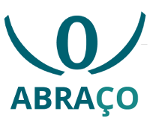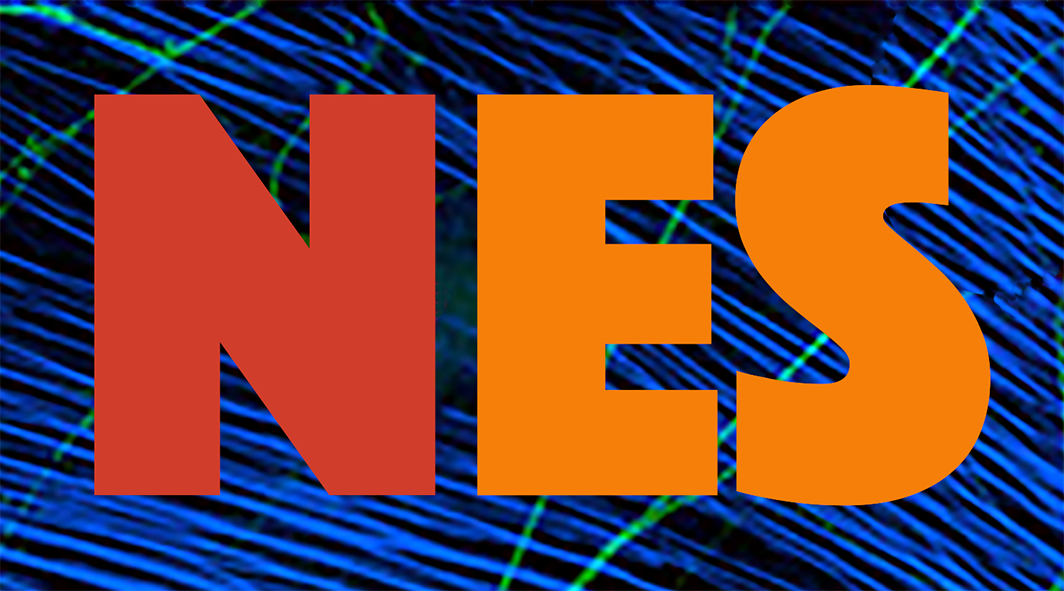
Is somatosensory electrical stimulation effective in relieving spasticity? A systematic review
Publications | May 20, 2019
Marco Antonio Cavalcanti Garcia and Claudia Domingues Vargas
Spasticity is a sensorimotor disorder widely recognized as one of the features that contribute to patients’ disability. Transcutaneous electric neural stimulation (TENS/SES) has been adopted in spasticity rehabilitation as an alternative to pharmacological agents. Although previous studies have reported clinical benefits of TENS/SES in relieving spasticity, there is no clarity on how and whether this therapeutic modality affects specific neural circuitries. Thus, this systematic review aimed to verify the efficacy of TENS/SES in the control of spasticity and its consequences in spinal and corticospinal excitability. This study was carried out according to PRISMA recommendations using SCOPUS, PubMed, BVS, Google Scholar and BASE databases screening, which provided 483 references. Six additional records were found from other sources. All these records were submitted to a filtering process following the eligibility criteria, and 44 studies were selected for further analysis. Ten were replicas. Consequently, 34 studies were read in full with the aim of checking their eligibility criterion, which resulted in 10 manuscripts for qualitative synthesis. Even though they evaluated the effects of TENS/SES both at the spinal and/or corticospinal levels, the electrophysiological results seem to be inconsistent, corroborating the lack of agreement between them and with clinical outcomes.
The whole paper is available here.
Stochastic chains with unbounded memory applied in neuroscience
Publications | Apr 22, 2019
Ricardo Felipe Ferreira is a mathematician who, during his doctoral research, was guided by the RIDC NeuroMat associated investigator Alexsandro Giacomo Grimbert Gallo (UFSCar). During the first semester of 2019, Ferreira defended his doctoral thesis, in which NeuroMat research is a highlight.
Variance-Based Extragradient Methods with Line Search for Stochastic Variational Inequalities
Publications | Apr 17, 2019
Alfredo N. Iusem, Alejandro Jofré, Roberto I. Oliveira, and Philip Thompson
In this paper, we propose dynamic sampled stochastic approximated (DS-SA) extragradient methods for stochastic variational inequalities (SVIs) that are robust with respect to an unknown Lipschitz constant $L$. We propose, to the best of our knowledge, the first provably convergent robust SA method with variance reduction, either for SVIs or stochastic optimization, assuming just an unbiased stochastic oracle within a large sample regime. This widens the applicability and improves, up to constants, the desired efficient acceleration of previous variance reduction methods, all of which still assume knowledge of $L$ (and, hence, are not robust against its estimate). Precisely, compared to the iteration and oracle complexities of $\mathcal{O}(\epsilon^{-2})$ of previous robust methods with a small stepsize policy, our robust method uses a DS-SA line search scheme obtaining the faster iteration complexity of $\mathcal{O}(\epsilon^{-1})$ with oracle complexity of $(\ln L)\mathcal{O}(d\epsilon^{-2})$ (up to log factors on $\epsilon^{-1}$) for a $d$-dimensional space. This matches, up to constants, the sample complexity of the sample average approximation estimator which does not assume additional problem information (such as $L$). Differently from previous robust methods for ill-conditioned problems, we allow an unbounded feasible set and an oracle with multiplicative noise (MN) whose variance is not necessarily uniformly bounded. These properties are appreciated in our complexity estimates which depend only on $L$ and local variances or fourth moments at solutions. The robustness and variance reduction properties of our DS-SA line search scheme come at the expense of nonmartingale-like dependencies (NMDs) due to the needed inner statistical estimation of a lower bound for $L$. In order to handle an NMD and an MN, our proofs rely on a novel iterative localization argument based on empirical process theory.
The whole paper is available here.
Modeling neuronal avalanches and long-range temporal correlations at the emergence of collective oscillations: Continuously varying exponents mimic M/EEG results
Publications | Apr 11, 2019
Leonardo Dalla Porta and Mauro Copelli
We revisit the CROS (“CRitical OScillations”) model which was recently proposed as an attempt to reproduce both scale-invariant neuronal avalanches and long-range temporal correlations. With excitatory and inhibitory stochastic neurons locally connected in a two-dimensional disordered network, the model exhibits a transition where alpha-band oscillations emerge. Precisely at the transition, the fluctuations of the network activity have nontrivial detrended fluctuation analysis (DFA) exponents, and avalanches (defined as supra-threshold activity) have power law distributions of size and duration. We show that, differently from previous results, the exponents governing the distributions of avalanche size and duration are not necessarily those of the mean-field directed percolation universality class (3/2 and 2, respectively). Instead, in a narrow region of parameter space, avalanche exponents obtained via a maximum-likelihood estimator vary continuously and follow a linear relation, in good agreement with results obtained from M/EEG data. In that region, moreover, the values of avalanche and DFA exponents display a spread with positive correlations, reproducing human MEG results.
Packing arborescences in random digraphs
Publications | Mar 25, 2019
Carlos Hoppen, Roberto F. Parente and Cristiane M. Sato
We study the problem of packing arborescences in the random digraph D(n, p), where each possible arc is included uniformly at random with probability p = p(n). Let λ(D(n, p)) denote the largest integer λ ≥ 0 such that, for all 0 ≤ ≤ λ, we have −1 i=0 ( − i)|{v : din(v) = i}| ≤ . We show that the maximum number of arc-disjoint arborescences in D(n, p) is λ(D(n, p)) a.a.s. We also give tight estimates for λ(D(n, p)) depending on the range of p. Keywords: random graph, random digraph, edge-disjoint spanning tree, spanning tree, packing arborescence.
| NeuroCineMat |
|---|
|
Featuring this week: |
| Newsletter |
|---|
|
Stay informed on our latest news! |
| Follow Us on Facebook |
|---|




